Furry Societarian
Furries are mammals and resemble such creatures, with an immense range of shapes and configurations.
Biology
Physical Characteristics


Reproduction
Furries reproduce between males and females, who give birth to one live young at a time, two in rare cases. These babies are fed milk from their mothers' breasts until they are old enough to consume solids.Social Characteristics and Cues
Furries use their tails as a means of communication, with cues such as lifting them to demonstrate interest or excitement or stiffening them to signal anger or danger.Most consider females' breasts as a sexually appealing body part, so they tend to have them covered at all times, baffling other subspecies of societarians.
Geographical distribution
Furries are native to the islands of Thaur and Red Crest. Due to the Thaurian's close relationship with the Dhalmanite, many furries live in the Dhalmain Island, with some settlements being evenly distributed between them and featheries.A sizeable group of furries of deer-related phenotypes live and govern the mainly scaly island of Karte.
Culture
Identity
Unlike other societarian subspecies, furries don't feel their heritage to be strongly tied to their category, or to a specific background. Their amazing cultural diversity makes them identify with their town, nation or even groups them by closely related phenotypes, leaving little room for them to feel especially connected to their whole subspecies in particular.Clothing
Extreme physical diversity is the bane of furries at the time of designing clothing. While most small communities are quite homogenous on their phenotypes, large settlements and areas with heavy immigration have such a wide variety of shapes and characteristics that most clothing need to be individually crafted for its wearer.Baggy shirts to be tucked under the trousers and trousers with vertical cuts on the back to fit most tails that are then sewed to the size of the owner are common. Furries are way more concerned with keeping their bodies covered than other phenotypes.

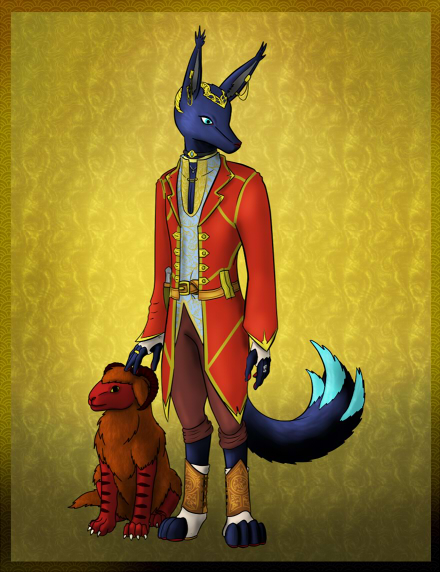

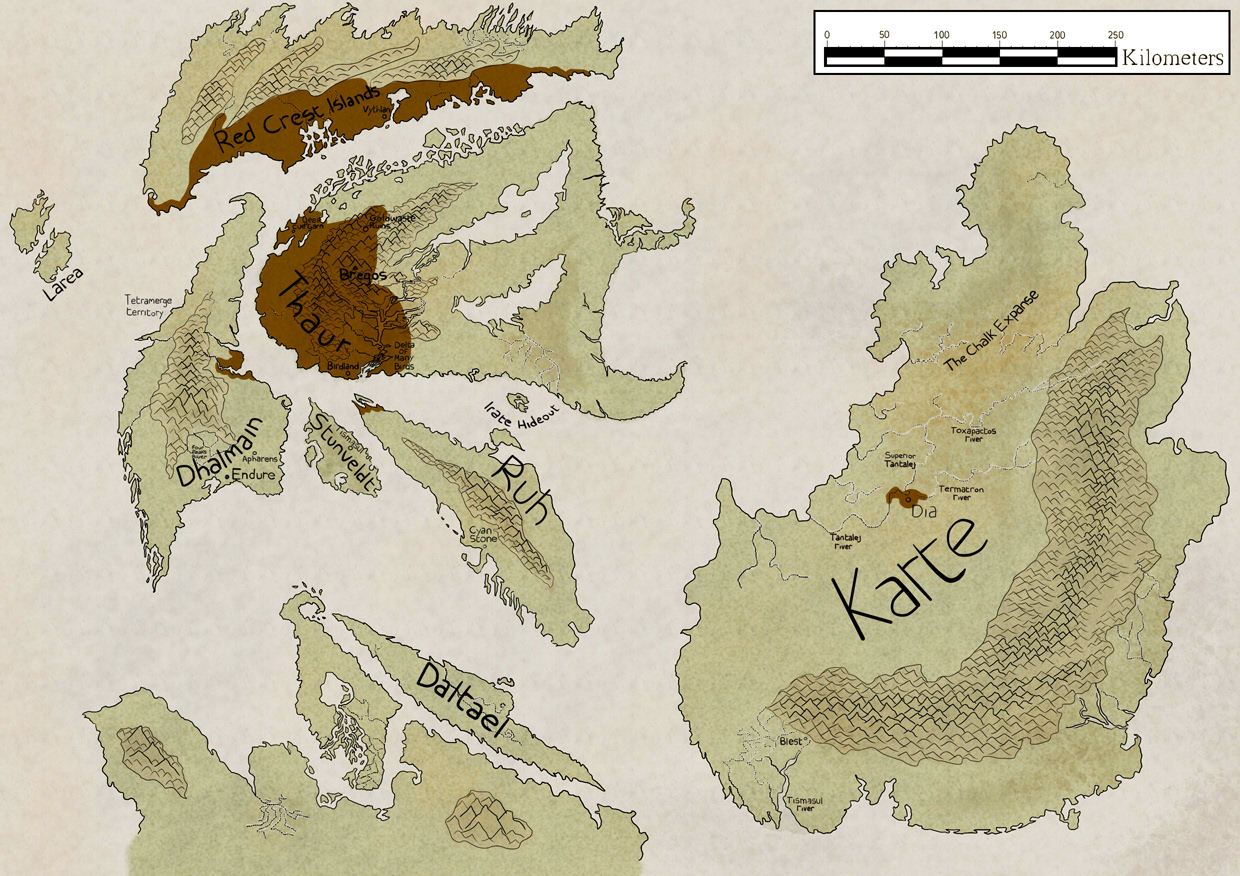
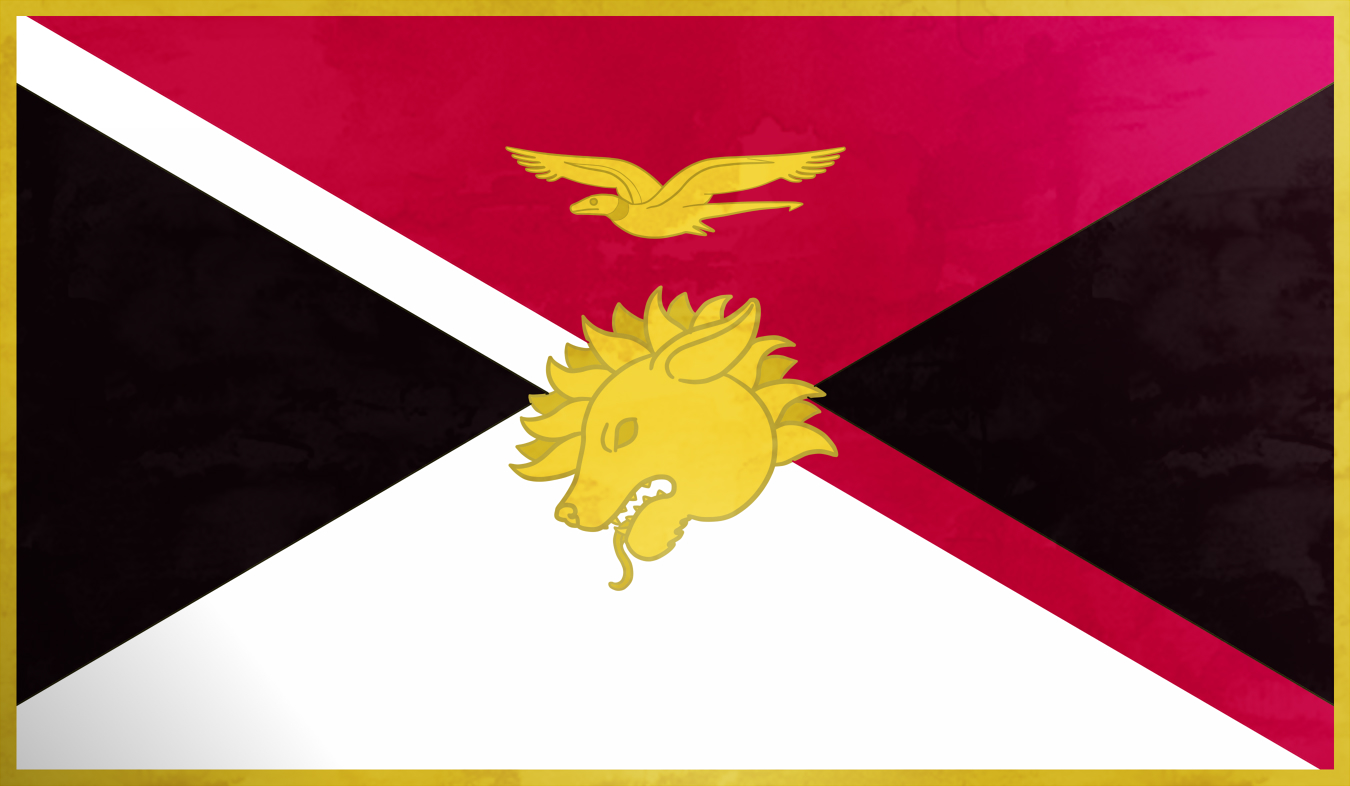



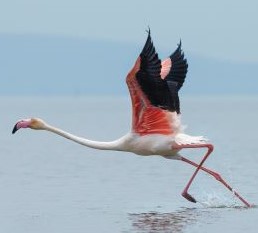
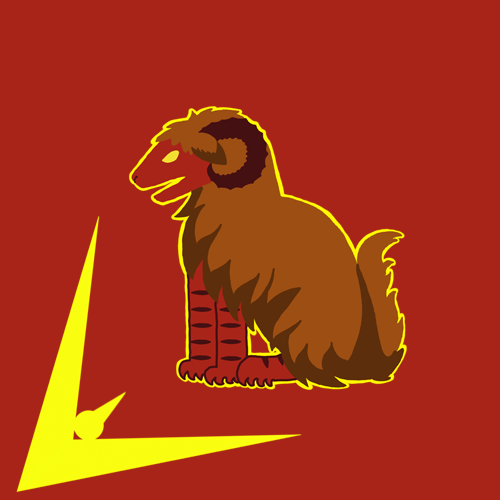

Tailoring must be SUCH a lucrative business in the city! Even if a generalized clothing style is available, there's got to be so much work involved in individually crafted or fitted outfits for every age and shape furry, dang.
You are doing a great job! Keep creating; I believe in you!
Luridity: Where love is love and life is lived. Contains NSFW content.
Now with serialized fiction on Ream!!
Oh boy, tailoring is a lucrative business almost everywhere in the archipelago! Very few places have their population fit into really standardized clothing (mostly places with scalies). I'd say waterland silkies are the worst to make 1-shape-fits-all clothing, but thankfully waterlands don't really care much about clothes, to begin with.